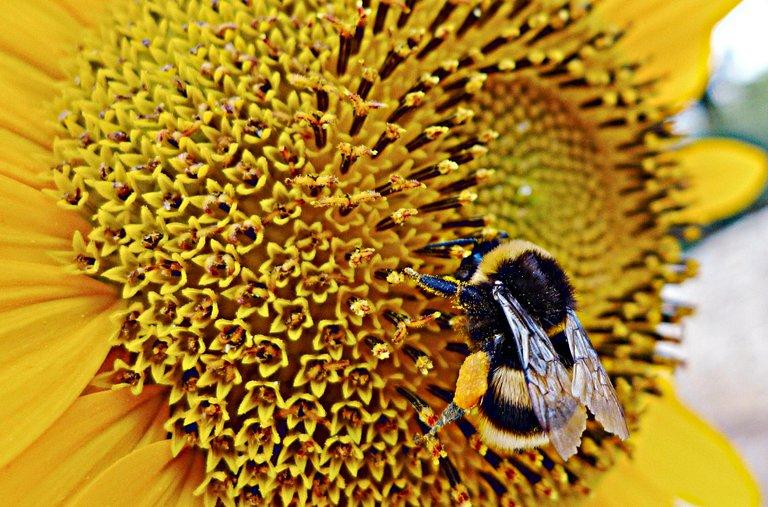
Unraveling the Pollinating Secrets of a Bee’s Buzz
In many cases, these flowers lure an animal with the reward of nectar. As the pollinator sips the plant’s sugary liquid, it gets covered in pollen. It then travels to another flower in search of nectar and delivers the grains.
But 20,000 plant species — including familiar ones like tomatoes, potatoes and cranberries — strike a different deal. They offer pollen itself as food. These flowers don’t simply put the protein-rich pollen out for any animal to eat, however. They keep it tucked deep inside special tubes.
Only bumblebees and certain other insects can get this pollen out. In every case, the method is the same: the pollinator grabs the tube with its jaws and starts vibrating hundreds of times a second.
“It has to hold on, because the vibrations are so strong that otherwise it could come flying off the flower,” says Mario Vallejo-Marín of the University of Stirling in Scotland, who recently co-authored a review of this behavior in the journal Current Opinion in Plant Biology.


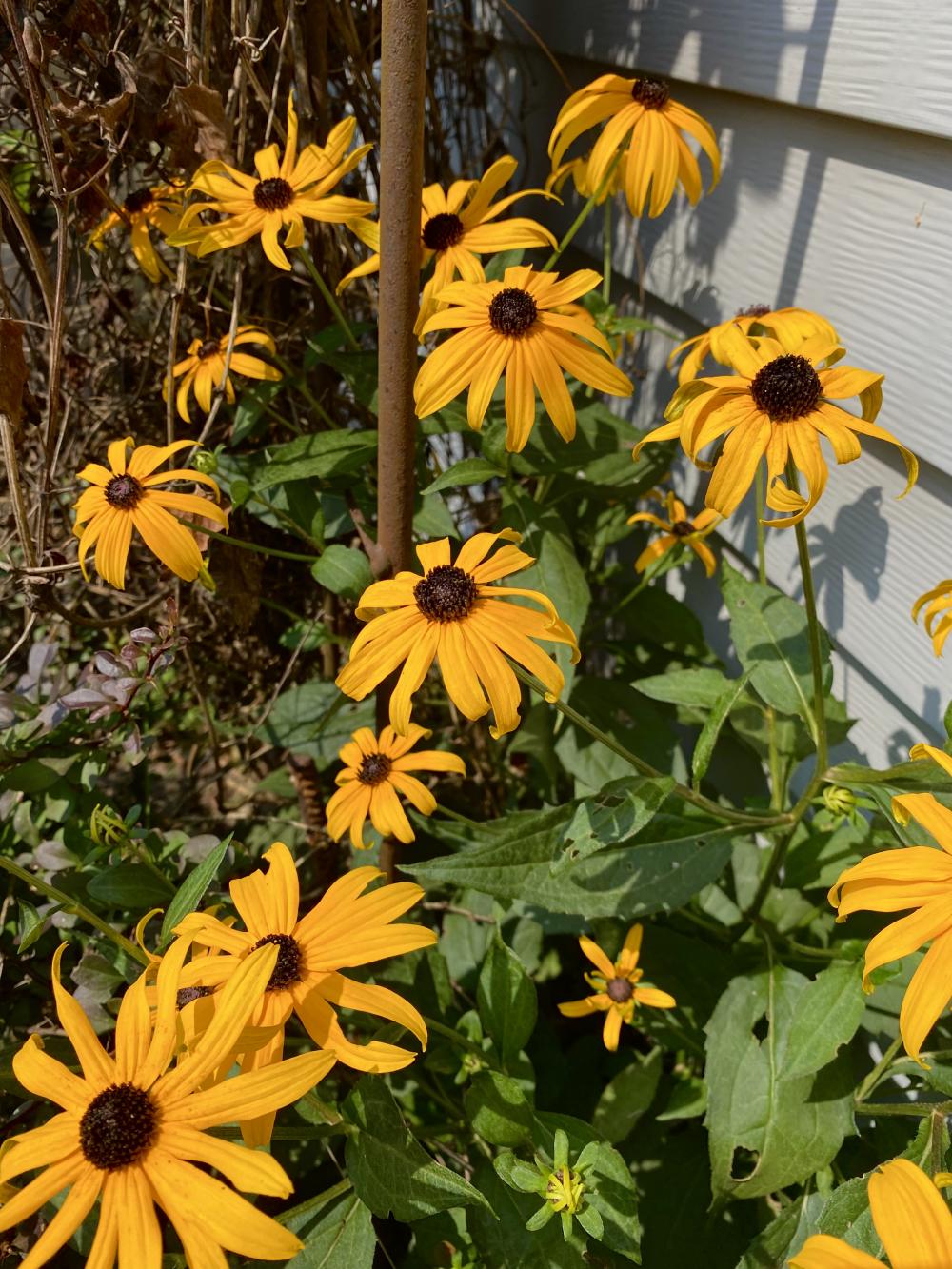
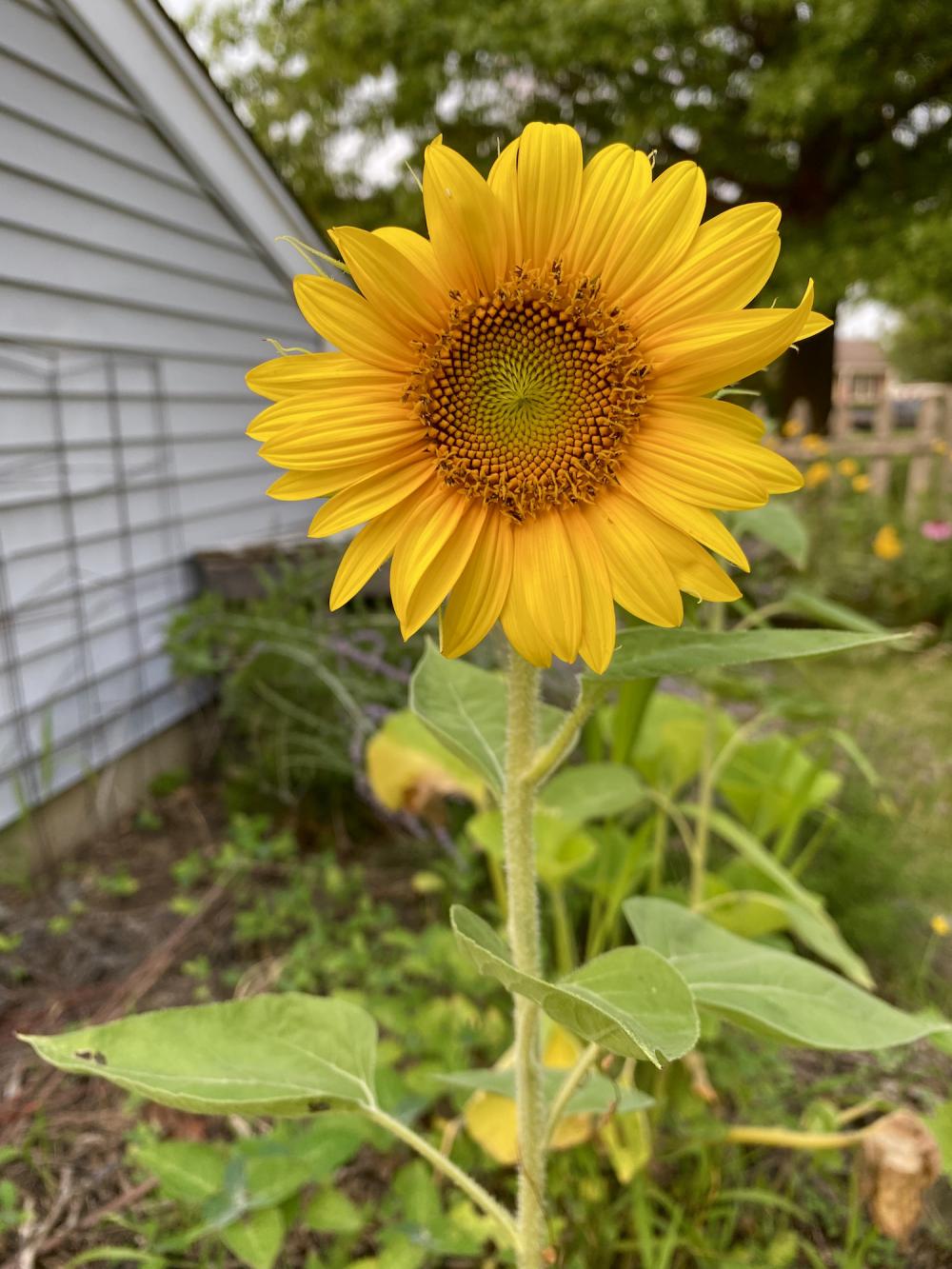
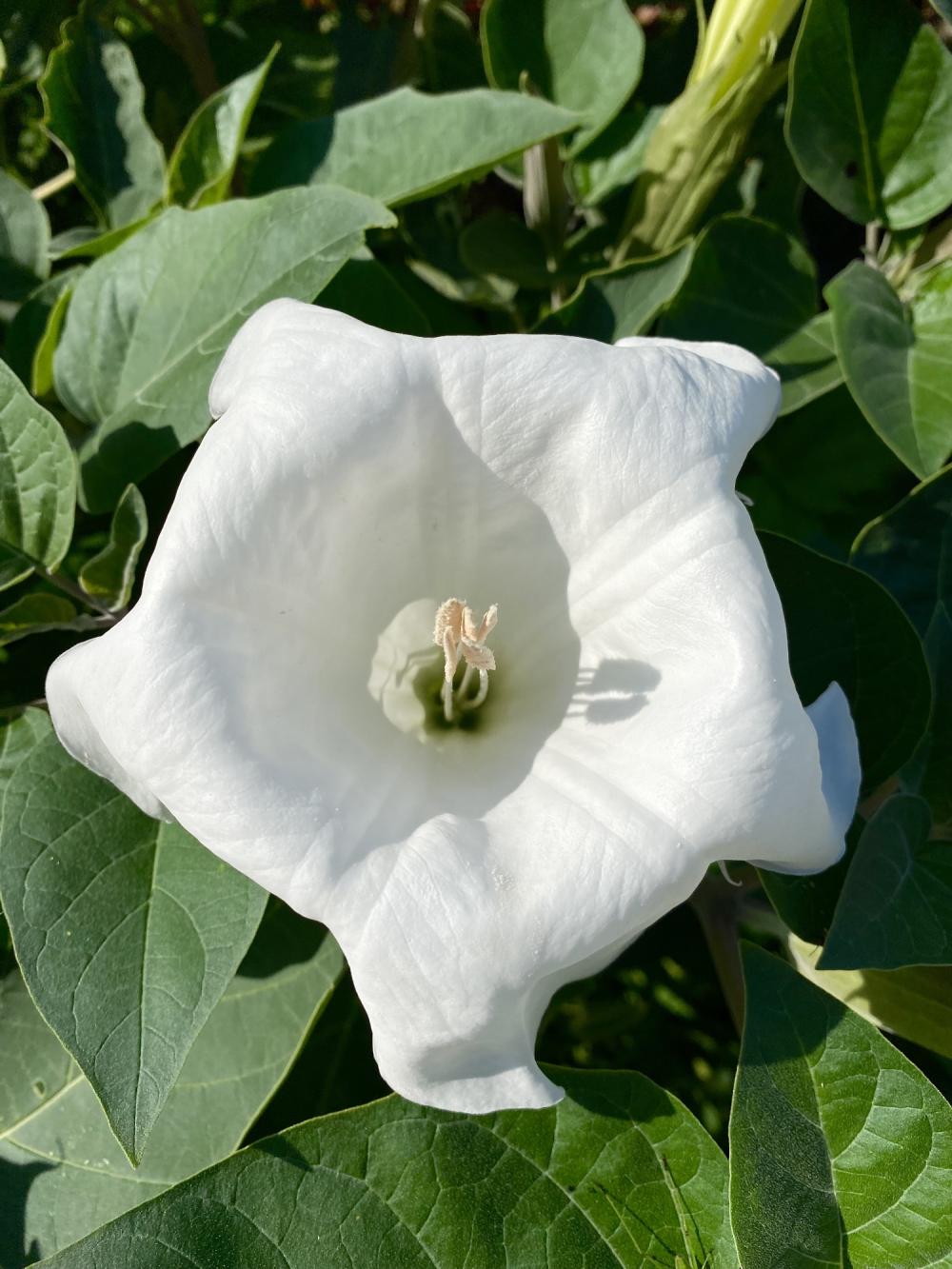
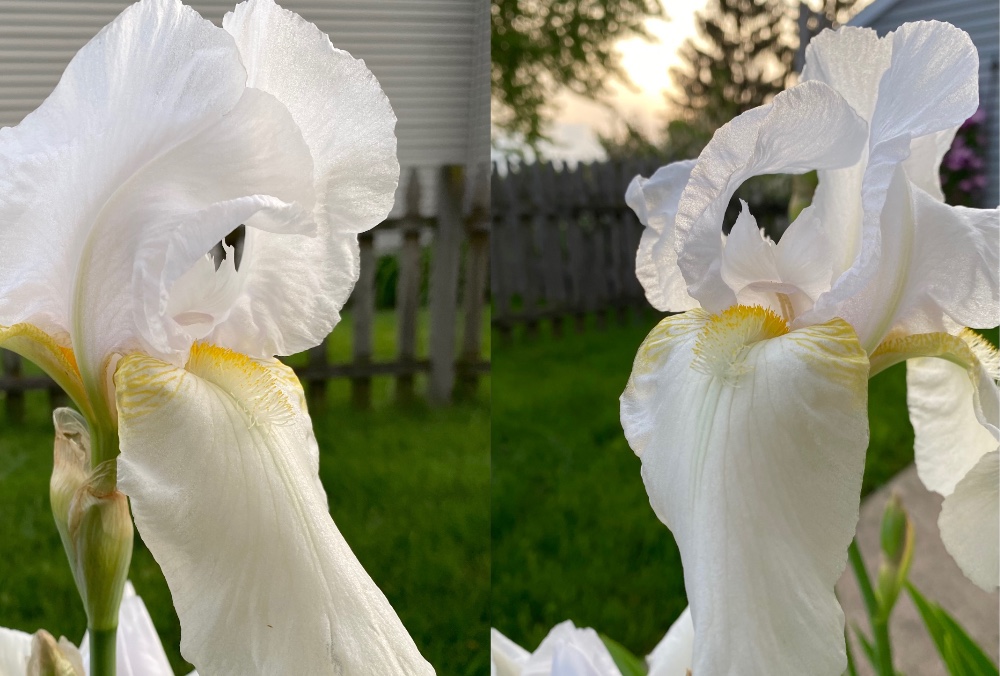
Add a comment
Post